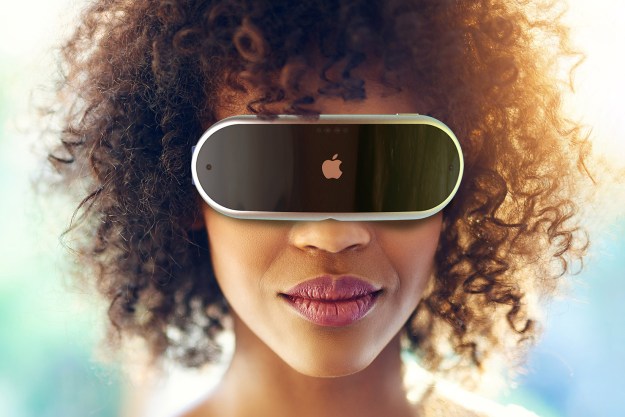
At the 2017 Society for Neuroscience annual meeting in Washington D.C., a team of researchers showed off two projects that highlight what this technology can do when applied to the realm of neuroscience.
Tyler Ard, a researcher at the University of Southern California in Los Angeles, showed how computer rending techniques can be applied to the results of MRI scans to produce images from large amounts of data. Ard and his team have developed software that will make it easy to import this data. He also said they plan on making it freely available to other scientists.
The team isn’t content to solely make use of CGI for MRI scans, however. They are also combining it with virtual reality to create 3D images of the human brain, allowing researchers to more easily study the brain and perform virtual dissections. Ard believes that this will be a more effective means of learning neuroanatomy than traditional means.
“This can be useful when learning neuroanatomy,” Ard told Scientific American. “The way that I learned it, we had to look at slices, and that’s real hard. This is a way that allows you to understand 3-D structure better.”
Ard is hopeful that the Neuro Imaging in Virtual Reality program will be available next year.
Tracing Neurons with VR
Right now, most of the interest around VR is confined to gaming circles, but a team of researchers at the University of Utah in Salt Lake City have developed a program that will allow scientists to use VR to more easily trace neurons.
The current techniques require scientists to create 2D images of their neuron scans and rotate the image to see what’s behind the neuron’s branches. Considering that a single cubic millimeter of the human brain contains 50,000 neurons and each of those has roughly 6,000 connections to their neighbors, it can be a slow process.
The team from the University of Utah has found a way to create 3D VR images of neuron pathways, allowing scientists to walk around their images and use handheld controllers to rotate them.
In order to show off the program, the team had four professional neuroscientists map a series of neuron images using the new VR technology and standard desktop computer. The VR proved just as accurate as the desktop method, but was 1.7 times faster.
Will Usher, who helped demonstrate the technology, said that his team hopes to release the program for commercial VR devices within a year.
Editors' Recommendations
- This new VR headset beats the Vision Pro in one key way and is half the price
- Disney just reinvented the VR treadmill, and it looks amazing
- Apple may be forced to change the Vision Pro headset’s name
- Apple’s VR headset has no killer app, prominent leaker warns
- New leak reveals exactly how Apple’s VR headset will work


